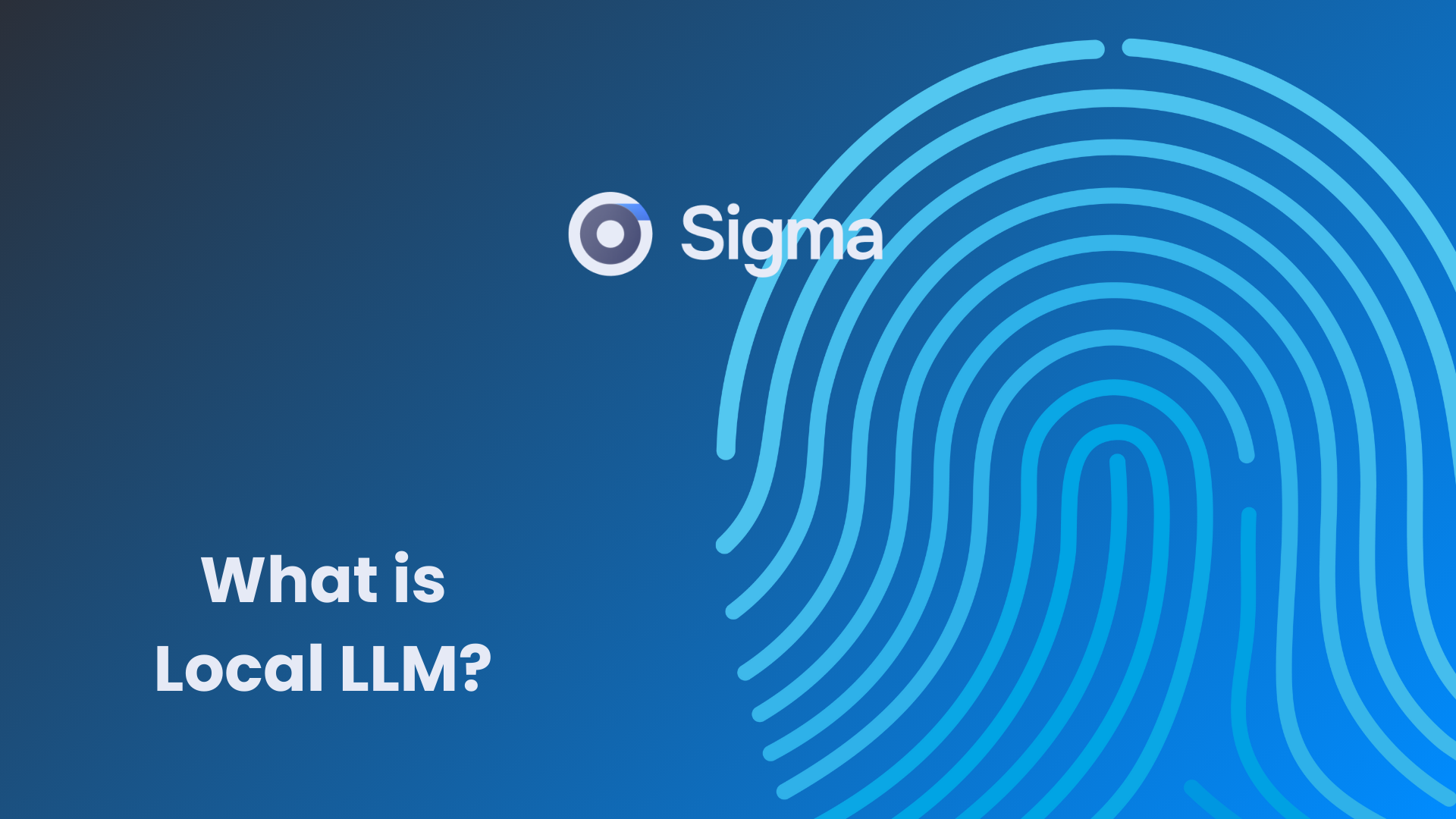The Core Building Blocks of an AI Agent
AI Agents are composed of connected building blocks: Reasoning (conclusions and logic), Acting (decision to action mapping), Observing (environment data), Planning (strategy blueprints), Memory (context and learning), Tools (utilizing external tools), Self-refining (self-improvement), Persona (stable personality), Model (LLMs) (root brain for language), and Collaboration (working in coordination with others).

AI Agents: What They Do and How They’re Grouped
AI Agents classified based on interaction and number of agents:
Based on how they interact:
- Back-End AI Agents: These are the silent types. They handle stuff like routing support tickets or tweaking delivery schedules—no direct contact, just doing the job behind the scenes.
- Front-End AI Agents: These are the ones you chat with. Think virtual assistants, chatbots, or smart features inside apps that respond when you click or type.
Based on how many are involved:
- Single-Agent Systems: One AI doing one thing. It’s focused, usually tied to a specific task or context, like automating Instagram posts.
- Multi-Agent Systems: More like a team. Different agents handle different parts of a bigger problem—like in self-driving cars, where one agent watches the road, another plans the route, and another decides when to brake.
AI Agents, AI Assistants, and Bots: The World of Intelligent Systems Revealed
In order to understand where precisely each of AI Agents, AI Assistants, and Bots is different from the others, the following must be known:
- AI Agents: More autonomous, independent working and solo operation on complex, multi-step tasks.
- AI Assistants: Less autonomous, assisting users in work by understanding and responding to natural language. They respond to commands, answering questions, and performing simple things but require user input and direction, like AI virtual assistants.
- Bots: Least autonomous, repetitive, routine tasking or dialogue following rules with limited or no learning.
AI Agent vs. AI Assistant vs. Bot Comparison
A quick side-by-side look at autonomy, learning ability and best-fit use cases.
How AI Agents Work: The Inner Mechanics of Autonomous Systems
AI Agents operate in a cycle of continuous perception, thought, and action. They sense their surroundings, think, make decisions, and take action. Their internal resources drive the cycle so that they are able to pursue objectives independently and adapt to changing situations. They rely on mechanisms of advanced AI models, particularly LLMs, to reason and understand and on tools for communicating with other systems and amplifying capabilities. This allows them to execute intricate, multi-step processes and acquire knowledge by experience.
Advantages: What AI Agents Bring to the Table
AI agents are useful when you need to automate stuff that’s too complex or time-consuming to do manually. They can handle multi-step tasks without needing constant input, which saves time. They’re fast at processing info, so they help with decision-making too.
Since they don’t need breaks, they can keep things running all day, which helps with productivity. If your business grows, they can usually scale without needing a full rebuild.
Also, they’re good at adjusting things based on what users want, so the experience feels more tailored.

Drawbacks and Considerations
Even though they’re powerful, AI agents come with problems. Building and setting them up isn’t easy—you need people who know what they’re doing. There are ethical concerns too, like bias and transparency, which can be hard to manage.
Security is another issue, especially when agents connect with outside systems. They don’t always work well with older tech, so integration can be frustrating. And once they’re alive, you can’t just leave them alone.
They need regular updates and monitoring to make sure they’re learning the right stuff and not causing issues.
Real-World Use Cases: Where AI Agents Actually Show Up
AI agents aren’t just theory—they’re already doing stuff across different industries.
- In customer service, they’re more than just chatbots now. Some can handle full conversations, solve problems, and even follow up.
- Healthcare’s using them for things like helping doctors figure out diagnoses or plan treatments.
- In finance, they’re spotting fraud, running trades, and giving advice based on patterns most people wouldn’t catch.
- Manufacturing’s getting smarter too—agents help predict when machines might break and keep quality in check.
- And in education, they’re personalizing how students learn and making admin work less of a headache.
A Daily Example of an AI Agent in Action
The Sigma AI Browser presents an AI Agent in daily life. With its AI buddy integrated, based on SigmaGPT technology, it features interactive AI chat and content generation natively within the browser.
The Front-End AI Agent utilizes extensive browsing with search powered by AI and prioritizes user problems with inbuilt functionality such as a secure crypto wallet and robust privacy capabilities (end-to-end encryption, no-user-tracking, GDPR/CCPA compliance).
The Future of AI Agents: A Peek into Tomorrow's Intelligent World
Looks like AI agents are going to be a big part of how things run moving forward. They’ll probably get more independent—able to learn and make decisions without needing constant input. And be able to use AI agents to automate your entire workflow.
Also, we’ll see more of them working together, kind of like a swarm, solving stuff that’s too complex for just one system. They’ll be tied into both the digital and physical world—think robots, smart buildings, IoT devices all talking to each other.
On the personal side, they’ll get better at helping before you even ask, like knowing what you need and jumping in. But with all that power, there’s going to be pressure to keep things fair—no bias, no shady decisions, just transparent systems people can trust.
And hopefully, more folks will get access to these tools, not just big companies. That could open the door to a lot more innovation. Still, it’s not all smooth sailing—there’ll be ethical stuff to sort out as things get more advanced.
Conclusion
AI agents aren’t just tools—they’re a step up. They’ve moved past just reacting to stuff and now act on their own, solving multi-step problems without needing constant direction. That’s a big shift. They’re not the same as assistants or bots either.
Agents are built to think ahead, work behind the scenes, and still show up when needed. Whether it’s streamlining backend systems or improving how users interact with tech, they’ve got range.
Sure, there are still challenges—design, ethics, integration—but progress is happening. As they evolve, they’ll become more like digital teammates than just software. The key is figuring out how to work with them, not just use them.





.avif)




